Seasonic's Engineering and Factory Tour
Seasonic invited bit-tech to its headquarters in Taipei, Taiwan, then later in the week to DongGuan, China to visit its factories. Like any company factory visit it’s nice to take pictures and an interest in how people do things slightly differently – we get a general gist of what’s going on but never really a step by step guide and reason why things are done the way they are, then leave and go about our next business with a perked interest and a little wiser.Seasonic is different, in as much that it’s 110 per cent an engineering company and was more than happy to explain all the details of both its factories and business ethics. In fact, the equation is simple and set by its CEO, an engineer by trade - it is that quality counts.
I deliberately took off a couple of days before I started writing because quite frankly I was massively impressed on how Seasonic does things, and I wanted to get my head back into a sense of impartiality.
Long ago I had a heated discussion with Walter Sun, a Seasonic Director, about how it was impossible to test long term quality in a review and his word is as good as anyone else’s. Now, here I was, understanding why he was so insistent that the company was more than “a power supply manufacturer”, because, let’s face it, PSUs are not graphics cards: they are boring products that lack geek sex appeal.
Before leaving for China we had a quick nose around Seasonic’s head office. It was explained that the company turns down more business than it accepts – which is somewhat strange, although no one ever went out of business because of too much demand – but at the same time it protects those customers it supports.
While we respect Seasonic’s request not to name names (I’m sure you know already) it won’t support more than one customer in the retail channel per PC-industry niche: be it memory, cases, graphics, etc. While its own products will compete with them in the retail channel, it won’t compete on price and does little marketing: in fact, we were quite critical of its upcoming PSU branding and marketing given the potential of its latest X-series, for example; it remains understated and externally does little to exemplify itself from the large crowd of future 80Plus Gold competitors. That said, it's a winning formula for some and the weight of a name is more than enough for many Seasonic fans (I know at least a few).
In addition, companies using Seasonic as an OEM supplier for retail products get a basic model to work from and can only improve on it – something at least one of its customers is keen to do (I'm sure you can guess who). This, Seasonic says, is to protect its brand and engineering. A production method that has worked well so far, as Seasonic is a company with 34 years of experience under its belt, with the same CEO leading it and many people there having anywhere in the region of 10/20/30 (or even more) years at the company.
This is somewhat unusual for a Taiwanese electronics company (most haven’t been running this long to be fair) as staff turnover or progression to another company is a relatively frequent in a trend towards Western ways that move away from a "job for life".
Seasonic started as an electronic test equipment company first, then moved into power supply manufacturing later. Its roots in power supply manufacture are in system integrator and industrial, with its retail business less than ten years old. If anyone remembers the Super Tornado - while it might have received solid reviews back in 2003, Seasonic revealed it flopped in the retail channel - mostly due to (what it deservedly claims) the silly contradictory name (it used a sub-25dB fan) and the "unknown" brand.
After that things have certainly got better over the years - starting with its first retail success: the S12. Seasonic claims it was the first to 80Plus, although there was the odd blip (M12 700W *cough*).

MSI MPG Velox 100R Chassis Review
October 14 2021 | 15:04


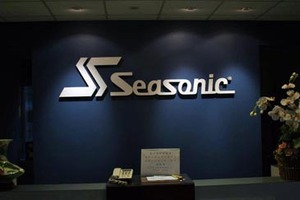
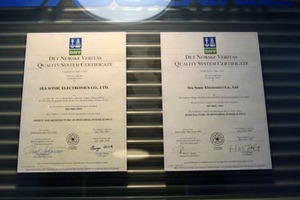
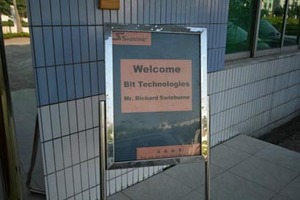
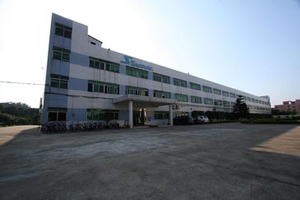
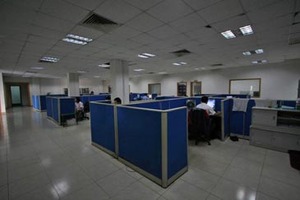
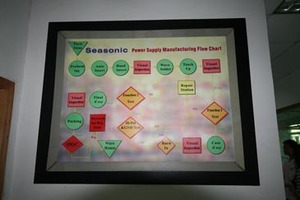
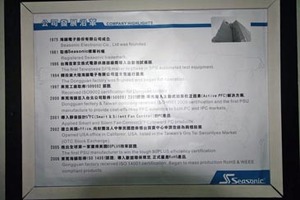

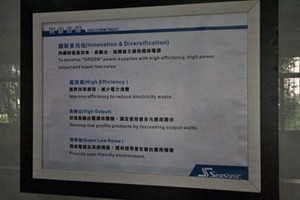
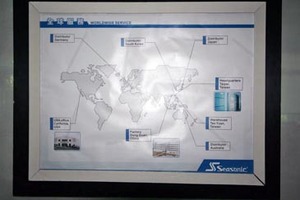
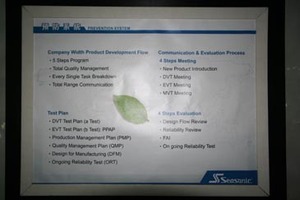
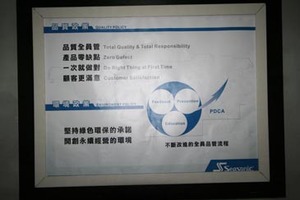
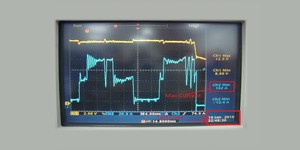






Want to comment? Please log in.